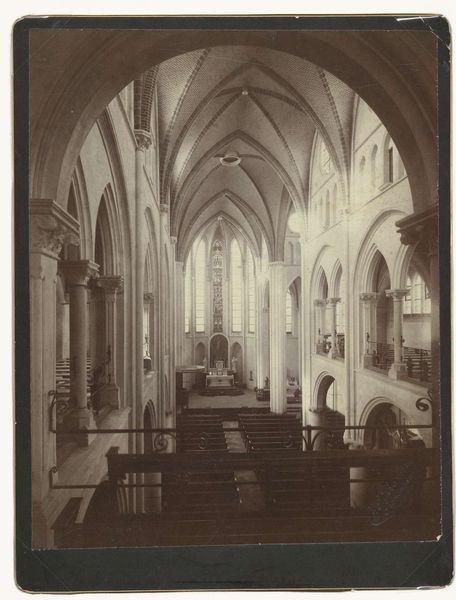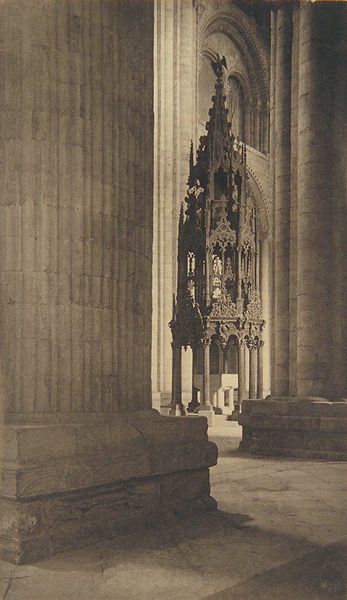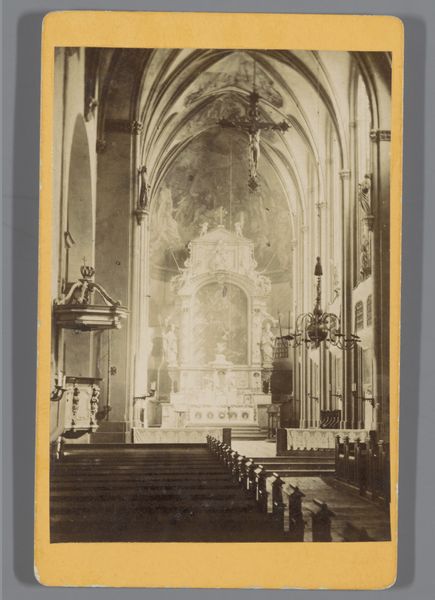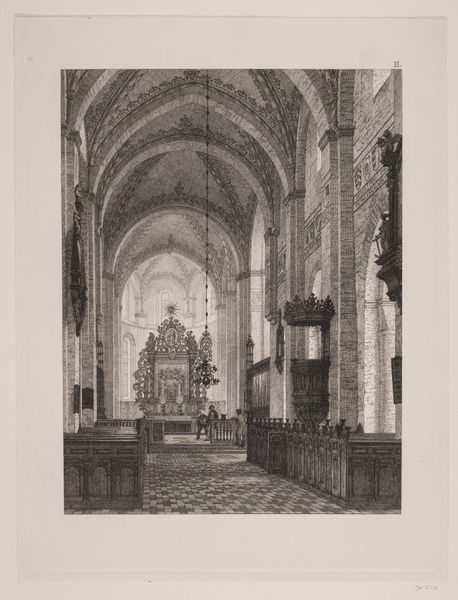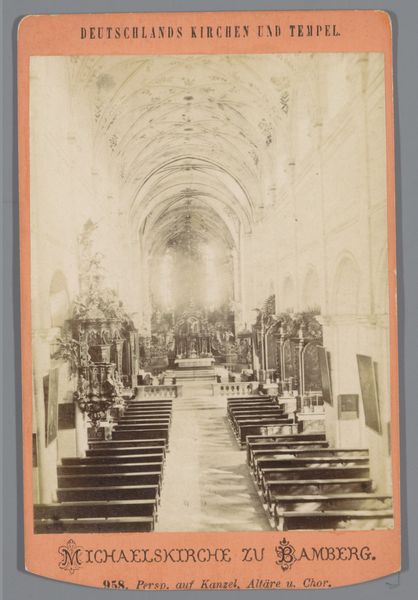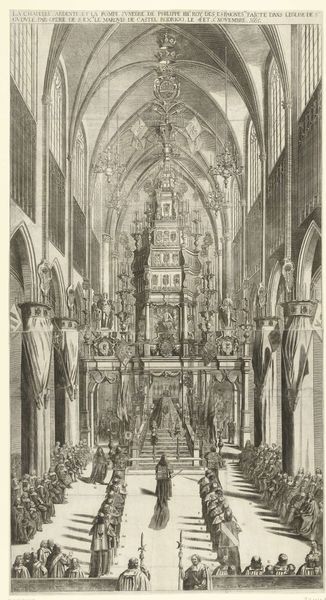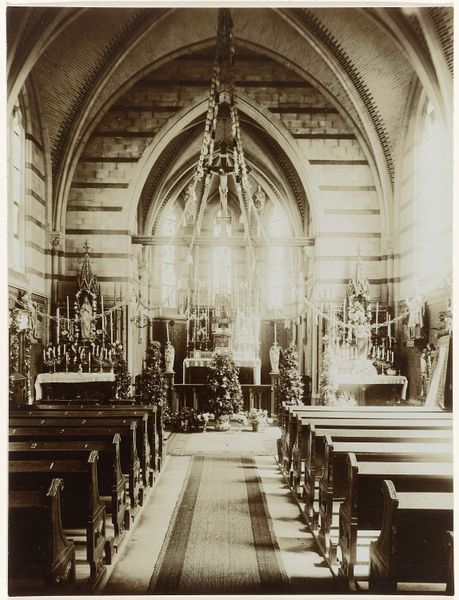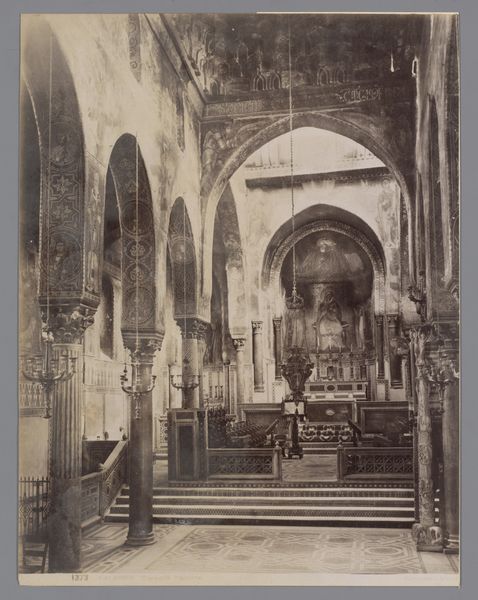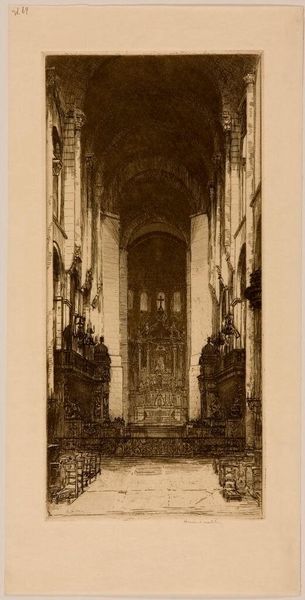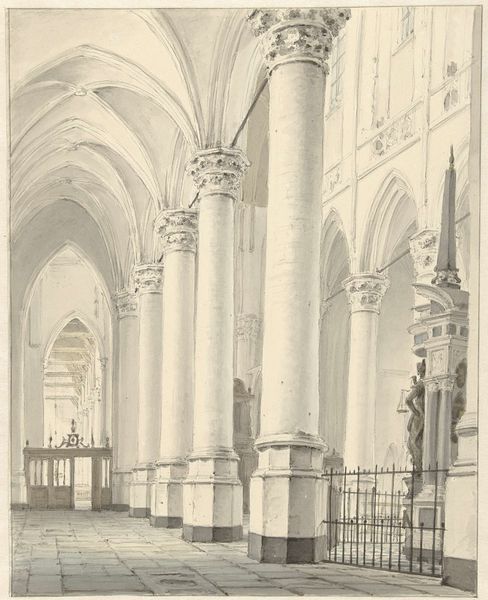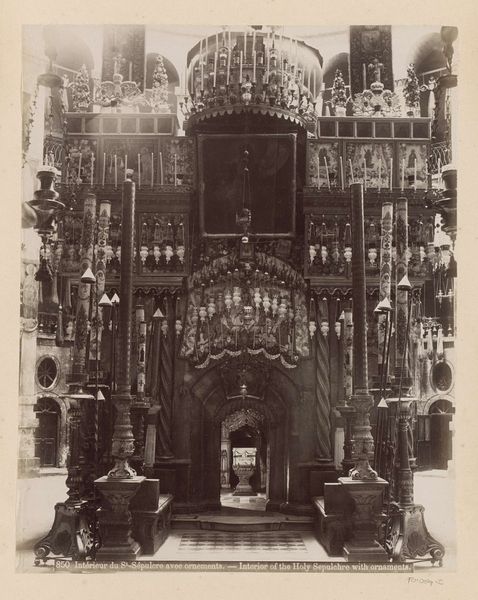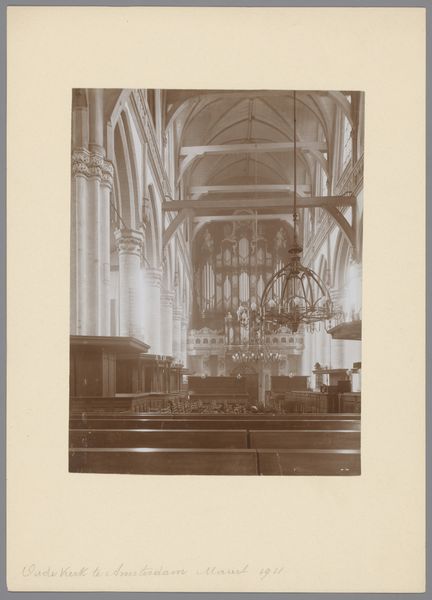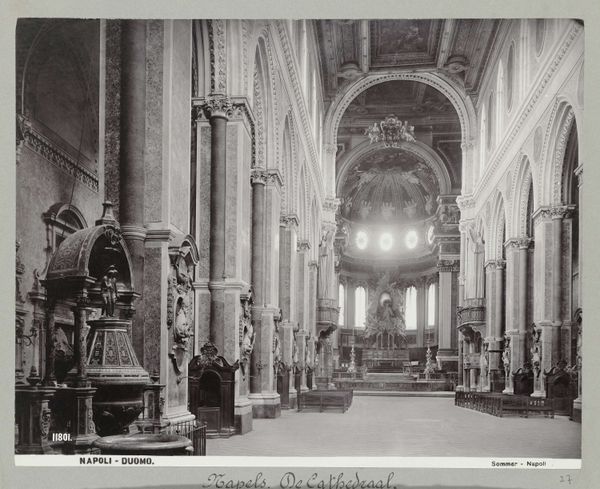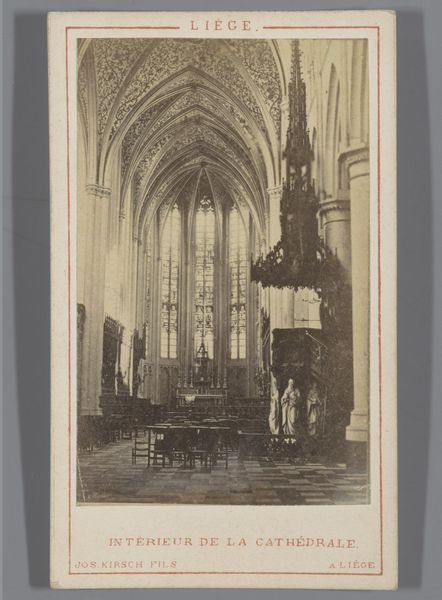
From the Work: North German Brick Cathedrals, Stralsund - St Mary’s Church, Nave from the Choir c. 1928
0:00
0:00
Dimensions: image: 228 x 169 mm
Copyright: © Estate of Albert Renger-Patzsch / DACS 2014 | CC-BY-NC-ND 4.0 DEED, Photo: Tate
Editor: This photograph by Albert Renger-Patzsch, titled "From the Work: North German Brick Cathedrals, Stralsund - St Mary’s Church, Nave from the Choir," really conveys the imposing nature of this cathedral's architecture. What feeling does this evoke in you? Curator: It's a dance of light and shadow, isn't it? Renger-Patzsch captures the sheer verticality, the almost overwhelming scale. I feel the weight of history pressing down, yet the light hints at hope, a sense of the divine reaching down. The organ seems to be looking down on me. Don’t you think? Editor: I do! I hadn't thought of it that way before, but now I see it. Curator: Glad it resonates with you!
Comments
tate 6 months ago
⋮
http://www.tate.org.uk/art/artworks/renger-patzsch-from-the-work-north-german-brick-cathedrals-stralsund-st-marys-church-nave-p79957
Join the conversation
Join millions of artists and users on Artera today and experience the ultimate creative platform.
tate 6 months ago
⋮
From the Work: North German Cathedrals, Stralsund – St Mary’s Church, Nave from the Choir is a black and white photograph picturing a church interior. The title identifies the building as St Mary’s, a large gothic church that dominates the skyline of Stralsund in north Germany. Two rows of tall pillars frame the composition, guiding the viewer’s eye down the nave towards the pipes of the organ in the background. The vaulted ceiling is illuminated by daylight, creating a graphic pattern of alternating bright whites and dark shadows. The image is tightly framed, highlighting the symmetry of the architecture and focusing attention on details of the monumental interior. For Renger-Patzsch, photography was unique in its ability to ‘to depict the height of a Gothic cathedral so that we feel dizzy, to depict an automobile so that we see the speed inherent to it, to depict air so that we feel space’ (Albert Renger-Patzsch, ‘Heretical Thoughts on Artistic Photography’ (1925), in History of Photography, vol.21, no.3, Autumn 1997, p.180).
